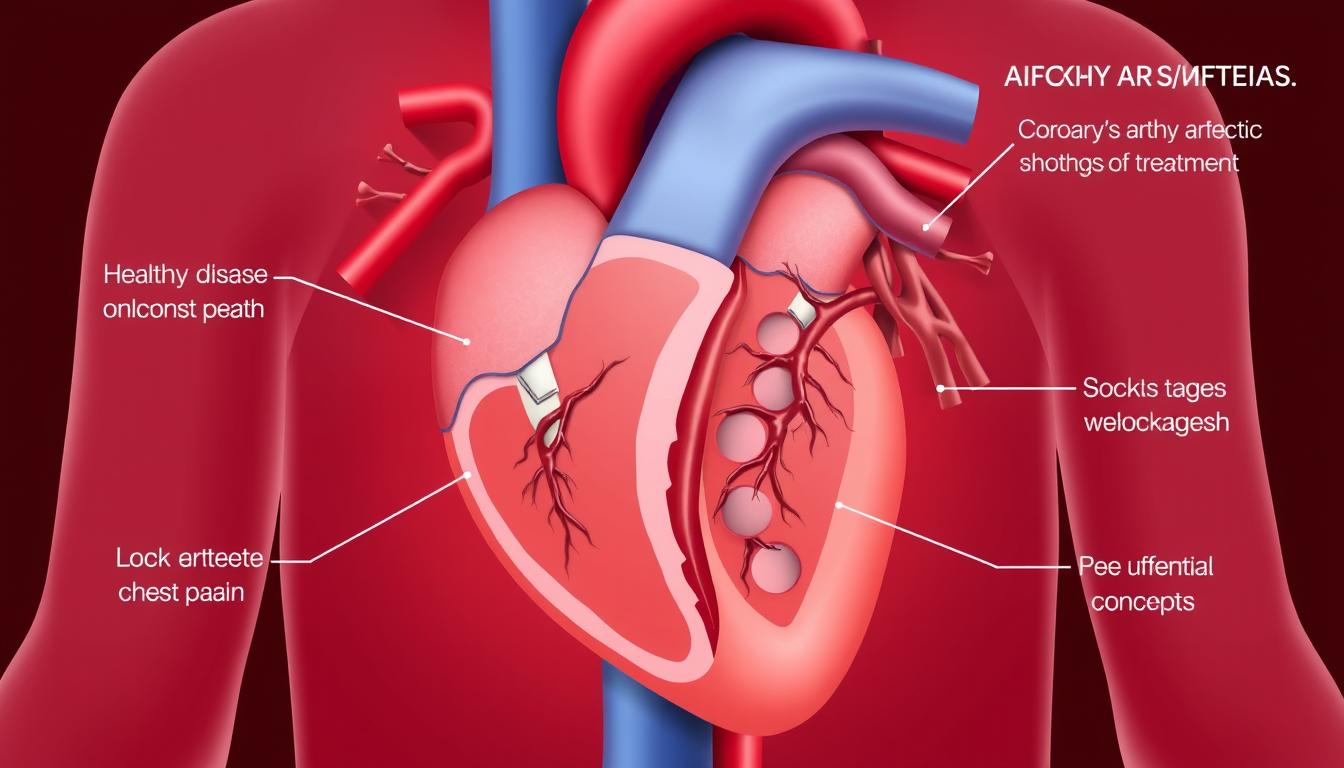What’s the difference between sheep, lambs, goats, and rams?
Farm animals can be tricky to tell apart. Sheep, lambs, goats, and rams have similarities, but each is unique1. A lamb is a young sheep under one year old2.
A ram is an adult male sheep. They’re bigger and more aggressive than other sheep2. Sheep and goats may look alike, but they’re different species.
There are over a billion domestic sheep worldwide1. In the U.S., Suffolk sheep make up 60% of the sheep population1. Rams typically weigh between 45 and 160 kilograms1.
Sheep can live for 10 to 12 years. Some even make it to 20 years old1. These woolly animals have many interesting traits to explore.
Key Takeaways
- Lambs are young sheep under 12 months old
- Rams are adult male sheep with distinctive characteristics
- Sheep and goats are separate species
- Domestic sheep population exceeds one billion globally
- Sheep breeds vary widely in size and characteristics
Understanding Basic Terminology and Classifications
Sheep are fascinating livestock animals with a unique structure and life cycle. These ruminants play a crucial role in agricultural production. They’re especially important for wool and fleece3.
Knowing sheep terminology helps farmers and enthusiasts understand their development. It also aids in recognizing their distinct characteristics.
Sheep Life Stages and Classifications
Sheep go through distinct life stages that are important to recognize. A young sheep is called a lamb until it’s one year old3.
After a year, sheep are grouped into different categories. These categories are based on their gender and maturity level.
- Lamb: A sheep under one year old4
- Ewe: A mature female sheep3
- Ram: An adult male sheep3
- Wether: A castrated male sheep3
Gender-Specific Terminology in Sheep Farming
The wool and fleece production of sheep depends on their gender and age. Ewes are valuable in breeding programs. Rams are essential for genetic diversity3.
Sheep are ruminants with a complex digestive system. They have four stomach chambers to process plant materials efficiently. This unique feature makes them great for grazing and wool production.
Sheep, lamb, goat, ram, and mutton differences
Sheep, lamb, and mutton have unique differences. Knowing these can boost your cooking and farming knowledge. Meat from these animals has distinct traits in looks and taste.
Sheep and goats look different. Sheep have woolly coats and straight tails. Goats have shaggy hair and curved horns5.
Their meat also varies in taste and use. These differences affect how we cook and enjoy them.
- Lamb meat comes from young sheep under 11 months old6
- Mutton is meat from sheep older than 24 months6
- Goat meat offers a unique flavor profile different from both lamb and mutton5
These meats differ in nutrition too. Goat meat has less fat and more protein than lamb5. The flavors are also unique.
Goat meat tastes milder and slightly sweet. Lamb has a richer, more gamey flavor5.
Cooking methods vary for each meat type. Goat meat is tougher, so slow cooking works best5. Lamb is tender and can be cooked in many ways.
Conclusion
Knowing the differences between sheep, lambs, goats, and rams is key for livestock farmers. These animals are vital in agriculture, providing meat, wool, and leather7. Each animal brings unique qualities to farming78.
The meat industry shows interesting variations across animal types. Goat meat offers health perks with lower cholesterol and higher iron than lamb7. Lamb is more tender and popular in Australia and New Zealand.
Mutton is favored in Middle Eastern and South American dishes8. Understanding these differences helps both farmers and consumers. Each animal has unique traits in meat quality and nutrition.
The world of these livestock animals is diverse and complex. They play a crucial role in our global farming system78. Their importance highlights the need for continued study and appreciation.
FAQ
What’s the main difference between sheep and goats?
What exactly is a lamb?
What distinguishes a ram from other sheep?
How do sheep digest their food?
What is the importance of wool in sheep farming?
What’s the difference between lamb and mutton meat?
Are rams always used for breeding?
How do farmers distinguish between different types of sheep?
Source Links
- Sheep – https://en.wikipedia.org/wiki/Sheep
- Lamb vs Sheep: Top 4 Key Differences Explained – https://agtech.folio3.com/blogs/lamb-vs-sheep-comparison/
- Livestock Terminology | State Fair of Texas – https://bigtex.com/livestock-terminology/
- Animal Terms – The Livestock Conservancy – https://livestockconservancy.org/resources/animal-terms/
- How can you tell the difference between sheep and goats? – https://www.licious.in/blog/food-for-thought/difference-between-goat-and-sheep-meat?srsltid=AfmBOoqF1j7gkeIsdFyp7z7whel0tXGBX1FhthtimfwO4leE_K_M4mDh
- News From The Farm – Farmison & Co – https://www.farmison.com/community/blog/difference-lamb-hogget-mutton?srsltid=AfmBOorCeSwiZ4X9hTwXZjJv9-uYv47AJ7r9uDL9n8Dtbcpyj1597Q_k
- Lamb vs Goat: 3 Key Differences Explained – https://agtech.folio3.com/blogs/lamb-vs-goat-comparison/
- Difference Between Lamb and Mutton [Are you being misled?] – https://truorganicbeef.com/blogs/beef-wiki/difference-between-lamb-and-mutton?srsltid=AfmBOoosQiFxZVV4Np583WGv5vVj3fEpQAGOJigj9B_ZMcDes4hWIFLN
latest video
news via inbox
Nulla turp dis cursus. Integer liberos euismod pretium faucibua








